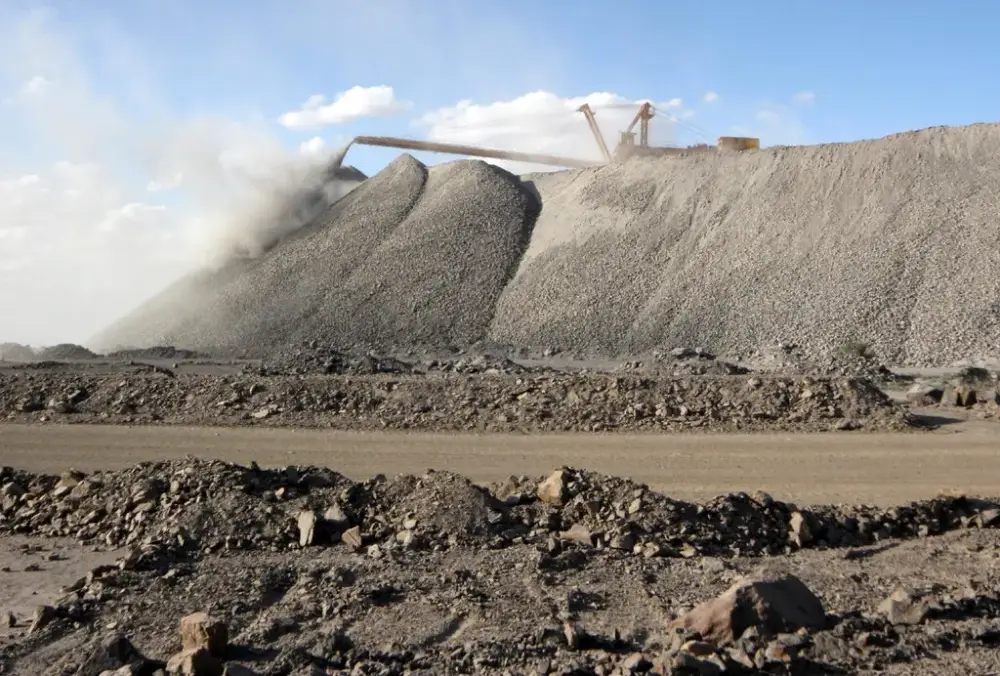
Trung Quốc thống trị đất hiếm toàn cầu bắt đầu từ quyết định bí mật năm 1978
-
Đất hiếm từng bị thế giới xem nhẹ cho đến khi Trung Quốc tạm ngưng xuất khẩu vài tháng trước, gây rúng động chuỗi cung ứng toàn cầu.
-
Trong suốt gần 50 năm, chính phủ Trung Quốc đã có chiến lược bài bản để phát triển ngành đất hiếm, bắt đầu từ năm 1978 khi Đặng Tiểu Bình trao quyền cho kỹ trị gia Phương Nghi (Fang Yi) dẫn dắt Ủy ban Khoa học và Công nghệ.
-
Phương Nghi dẫn đội ngũ chuyên gia đến Baotou (Nội Mông), nơi có mỏ quặng chứa cả sắt và đất hiếm (cerium, lanthanum, samarium). Ông ra quyết định tách chiết đất hiếm cùng với quặng sắt.
-
Cerium được dùng để tăng độ bền của gang và trong công nghiệp kính, lanthanum phục vụ tinh lọc dầu, còn samarium giúp chế tạo nam châm chịu nhiệt cho tên lửa và máy bay phản lực.
-
Trong khi Mỹ và Liên Xô dùng quy trình tách đất hiếm phức tạp, đắt đỏ với axit nitric và thiết bị thép không gỉ, Trung Quốc phát triển phương pháp rẻ hơn với axit hydrochloric và nhựa dẻo.
-
Lợi thế chi phí và tiêu chuẩn môi trường lỏng lẻo giúp Trung Quốc hạ giá toàn cầu, khiến các nhà máy phương Tây phải đóng cửa.
-
Trung Quốc còn phát hiện mỏ đất hiếm nặng dồi dào ở miền Trung - Nam, quan trọng cho xe điện và thiết bị y tế.
-
Đến thập niên 1990–2000, các kỹ sư Trung Quốc làm chủ công nghệ tách đất hiếm nặng, từ đó kiểm soát gần như toàn bộ thị phần toàn cầu.
-
Năm 1992, Đặng Tiểu Bình khẳng định: “Trung Đông có dầu, Trung Quốc có đất hiếm.”
-
Hồ Cẩm Đào, nhà địa chất được đào tạo từ thời Cách mạng Văn hóa, sau trở thành Thủ tướng, tiếp tục lãnh đạo chính sách đất hiếm từ 1998 đến 2013, với ảnh hưởng trực tiếp đến ngành này.
📌 Trung Quốc thống trị ngành đất hiếm toàn cầu nhờ quyết sách chiến lược từ năm 1978, kết hợp khai thác chi phí thấp, kỹ thuật tách hiệu quả và tiêu chuẩn môi trường lỏng lẻo. Họ nắm gần như toàn bộ thị phần đất hiếm nặng, với các nhân vật chủ chốt như Đặng Tiểu Bình, Phương Nghi và Ôn Gia Bảo dẫn dắt chính sách lâu dài có tầm nhìn vượt thời đại.
https://www.nytimes.com/2025/07/05/business/china-rare-earth-history.html
China’s Rare Earth Origin Story, Explained

Thảo luận
Follow Us
Tin phổ biến



